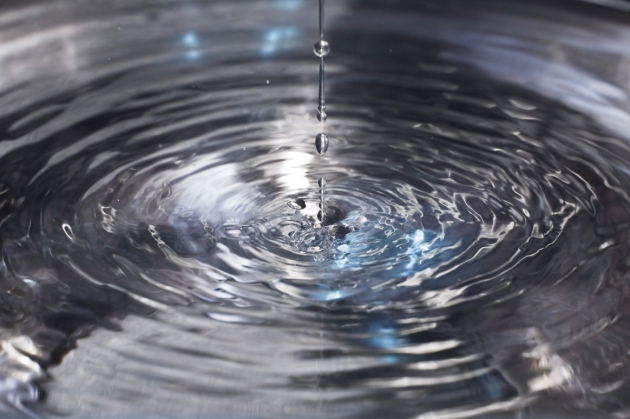Although an AC system may be seen as a luxury for a homeowner, it’s hard to imagine living without cooling when the hot summer weather arrives. A heat wave can be a serious threat to your health that should not be taken lightly. People that suffer with asthma, allergies and pre-existing breathing conditions need air conditioning to keep the allergy triggers out of their homes. If you need the AC and it will not turn on, this article will help you to understand what you should do next.
The Complexity of AC Systems
Air conditioning systems are complex. They have mechanical, electronic and electrical components. Attempting to work on these systems with no training and experience is a bad idea. The initial concern is that it’s all too easy to electrocute and injure yourself if you don’t know what you’re doing. It’s also easy to damage components which can be expensive to fix or they may require replacement. Developing DIY skills to work on your home and save money is a laudable goal. But, there are some tasks that are best left to a professional and working on AC systems certainly falls into that category.
How to Troubleshoot the AC System
If you AC system is not working, there are five things that you can check to troubleshoot the equipment to understand what’s going on:
1. Check the Power
This may seem strange, but many people call a HVAC specialist before they even know if the AC system is receiving power. Window AC units tend to have a power cord which may have worked loose and it needs to be connected again. A larger HVAC system will work on mains power and an electrical issue may have triggered the circuit box. Check the circuit break to restore power and if it refuses to reset you may need to change the fuse.
2. The Thermostat Battery
If you have a thermostat that runs off battery power the problem may be as simple as a low battery that requires replacement. The thermostat may stop working entirely and the AC system will not turn on when the temperature rises. Another possible problem is a dirty sensor inside the thermostat that can be cleaned by gentle blowing or a can of compressed air. The thermostat is the brain of the entire system and checking this unit when something goes wrong is a smart move.
3. The Air Filter
Air filters are a misunderstood component in HVAC systems. Many people believe that they are used to improve the indoor air quality (IAQ), but this is only a secondary benefit. The main purpose of the air filter is to prevent foreign particles from entering the system where they may cause damage. The filters become clogged with dust, dirt, pet hair and other contaminants that eventually prevent air from flowing through the filter membrane. This will keep the cooler air from reaching the vents and this seems like the AC system is not working.
A dirty air filter will also cause overheating issues which can lead to an expensive repair bill. A simple glance at the air filter will tell you if it needs cleaning or replacing and the full instructions are in the owner’s manual. Changing the air filter every 3-4 months is a great idea. But you may need more frequent changes if you have pets in the home or you live in a very polluted area.
4. Check the Thermostat Settings
The thermostat can be set too high which is a common mistake when the seasons change. People forget to adjust the thermostat from heating to cooling and back again. As an example: If the thermostat is set to 80º, the air conditioning will not turn on until the indoor temperature reaches 80º.
5. Drain Line Clogs
When the air conditioner is cooling the home, it produces condensation which is collected in a condensate drain pan. This water then flows into a hose and out into the drain. When the air is circulated through the home it will pick up airborne debris, such as dust and this will be in the moisture. This material can form a clog in the drain pan and the attached drain line.
When the water cannot drain, the drain pan overfills and water is dripped onto the floor below. Over time, this can cause water damage that can be expensive to fix. This issue can be fixed with no formal HVAC training or experience. Turn off the AC unit, check the drip pan and attached drain to find the clog. If you have a clear drain line, this is much easier and upgrading to a better quality line is advisable. When the clog is removed, clean up the water and turn the AC unit back on to see if the issue is resolved.
In Conclusion
If you’ve checked these five air conditioning elements above and the AC will not turn on there are some other signs to investigate. If the vents are distributing warm air when the air conditioning is turned on there could be an air duct leak or a failed component.
Strange grinding or clicking noises are often caused by moving mechanical parts and broken bearings that have worked loose. The heating and cooling specialist can lubricate the components, replace the fan belt and perform other actions to fix the problem.
If you can detect a bad odor from the AC unit or the air vents, this could be a gas leak or an electrical short that’s burned an electronic or electrical component. Contact your local HVAC technician to investigate and fix these problems safely.
If the airflow is poor when the AC system is turned on, this could indicate a failing or failed compressor unit. This is an expensive part, but it must be fixed or replaced because the entire AC system will not work without it.
If you’re concerned about your AC system, contact your local heating and cooling specialist today.

